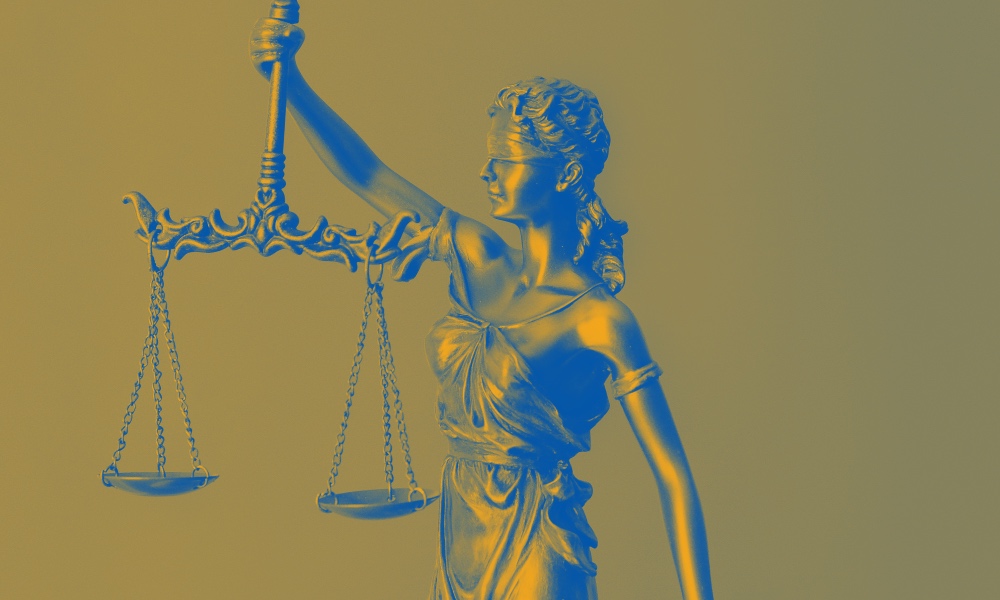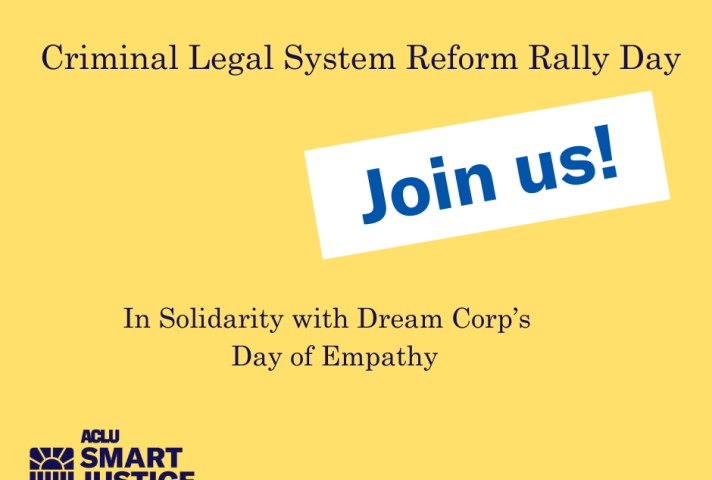There is a little bit more than two weeks left until the New Mexico Legislative Session ends! We are on the verge of passing groundbreaking legislation that addresses police accountability, mass incarceration, and destructive criminal legal system fines and fees. That is why in solidarity with Dream Corps Day of Empathy we are hosting the Criminal Legal System Reform Town Hall Rally Day.
We will highlight our progress and discuss some of the deadlocks that we hope to address as we work to fix the state’s broken criminal legal system. Our priority legislation includes the New Mexico Civil Rights Act (HB 4), Inspection of Police Misconduct Investigations (SB 227), Payment Flexibility for Court Convictions (SB 181), Probation and Parole Sanctions (HB 141), and Possession of a Controlled Substance (SB 216). Passing this legislation will help reduce the state and the nation’s prison population, which represents 25 percent of the world’s total incarcerated population.

